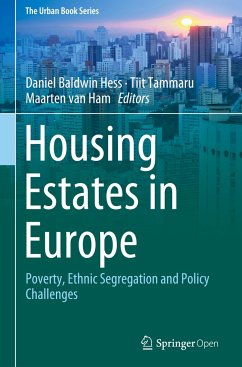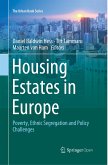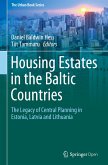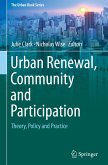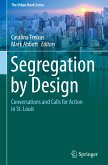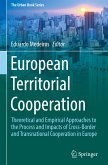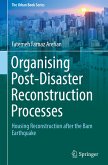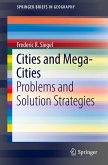This open access book explores the formation and socio-spatial trajectories of large housing estates in Europe. Are these estates clustered or scattered? Which social groups originally had access to residential space in housing estates? What is the size, scale and geography of housing estates, their architectural and built environment composition, services and neighbourhood amenities, and metropolitan connectivity? How do housing estates contribute to the urban mosaic of neighborhoods by ethnic and socio-economic status? What types of policies and planning initiatives have been implemented in order to prevent the social downgrading of housing estates?
The collection of chapters in this book addresses these questions from a new perspective previously unexplored in scholarly literature. The social aspects of housing estates are thoroughly investigated (including socio-demographic and economic characteristics of current and past inhabitants; ethnicity and segregation patterns; population dynamics; etc.), and the physical composition of housing estates is described in significant detail (including building materials; building form; architectural and landscape design; built environment characteristics; etc.). This book is timely because the recent global economic crisis and Europe's immigration crisis demand a thorough investigation of the role large housing estates play in poverty and ethnic concentration. Through case studies of housing estates in 14 European centers, the book also identifies policy measures that have been used to address challenges in housing estates throughout Europe.
Hinweis: Dieser Artikel kann nur an eine deutsche Lieferadresse ausgeliefert werden.
The collection of chapters in this book addresses these questions from a new perspective previously unexplored in scholarly literature. The social aspects of housing estates are thoroughly investigated (including socio-demographic and economic characteristics of current and past inhabitants; ethnicity and segregation patterns; population dynamics; etc.), and the physical composition of housing estates is described in significant detail (including building materials; building form; architectural and landscape design; built environment characteristics; etc.). This book is timely because the recent global economic crisis and Europe's immigration crisis demand a thorough investigation of the role large housing estates play in poverty and ethnic concentration. Through case studies of housing estates in 14 European centers, the book also identifies policy measures that have been used to address challenges in housing estates throughout Europe.
Hinweis: Dieser Artikel kann nur an eine deutsche Lieferadresse ausgeliefert werden.
"I would undoubtedly recommend the book to anyone interested in the legacy of modernist planning." (Adam Radzimski, Eurasian Geography and Economics, March 2, 2020)
"This new book by Hess, Tammaru and Van Ham expands on [an] earlier project by adding more and newer evidence from an even larger number of countries and by identifying successful policies and programs that maintain the quality of these large housing estates as positive places to live for low- and middle-income households. I would recommend this book to academics who work on issues like segregation and concentration of socioeconomically deprived populations in urban space specifically." (Karien Dekker, Journal of Urban Affairs, Vol. 42 (1), 2020)
"I strongly recommend [this book] to housing scholars and practitioners on both sides of the Atlantic. The editors and the publisher, Springer Open, deserve credit for publishing two attractive and useful books that address the breadth and depth of issues related to housing estate revitalization across Europe. The numerous photographs (color as well as black-white) throughout the book helped me to understand changes in the design of European housing estates-the good as well as the bad." (David P. Varady, Geography Research Forum, Vol. 39, 2019)
"This new book by Hess, Tammaru and Van Ham expands on [an] earlier project by adding more and newer evidence from an even larger number of countries and by identifying successful policies and programs that maintain the quality of these large housing estates as positive places to live for low- and middle-income households. I would recommend this book to academics who work on issues like segregation and concentration of socioeconomically deprived populations in urban space specifically." (Karien Dekker, Journal of Urban Affairs, Vol. 42 (1), 2020)
"I strongly recommend [this book] to housing scholars and practitioners on both sides of the Atlantic. The editors and the publisher, Springer Open, deserve credit for publishing two attractive and useful books that address the breadth and depth of issues related to housing estate revitalization across Europe. The numerous photographs (color as well as black-white) throughout the book helped me to understand changes in the design of European housing estates-the good as well as the bad." (David P. Varady, Geography Research Forum, Vol. 39, 2019)

